- Author Jason Gerald [email protected].
- Public 2023-12-16 10:50.
- Last modified 2025-01-23 12:04.
This wikiHow teaches you how to reset your Macbook Pro's NVRAM and battery settings, as well as erase the contents of your Macbook Pro and restore your device to factory/default settings. Resetting the NVRAM on the computer can fix the error in some aspects such as battery display. Meanwhile, battery settings can be reset if your Mac laptop frequently experiences overheating or crashes. Keep in mind that restoring your Macbook Pro to its factory settings will erase all content on the hard disk drive and reinstall the operating system on the hardware.
Step
Method 1 of 3: Resetting NVRAM

Step 1. Understand the function of resetting NVRAM
NVRAM (short for Non-Volatile Random-Access Memory) is used to store settings such as speaker volume, main display, and other settings used by the operating system. Resetting NVRAM can usually fix certain issues (eg MacBook Pro can't play sound, display or screen keeps flickering or shuts down by itself, device startup takes too long, etc.).
On some Macs, the label "NVRAM" has been replaced by the term "PRAM" ("Parameter Random-Access Memory"), which has essentially the same meaning and function as NVRAM
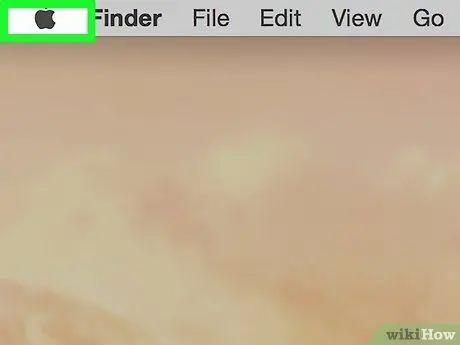
Step 2. Open Apple menu
Click the Apple logo in the upper-left corner of the screen. After that, a drop-down menu will be displayed.
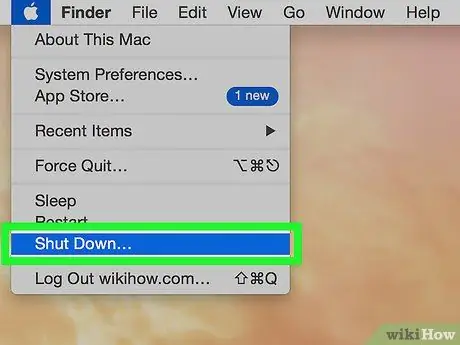
Step 3. Click Shut Down…
It's at the bottom of the Apple menu.

Step 4. Click Shut Down when prompted
After that, the MacBook Pro will shut down.
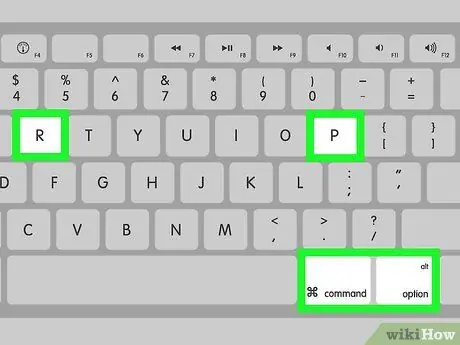
Step 5. Look for the NVRAM reset button
To reset NVRAM, you need to press and hold the Command, Option, P, and R keys simultaneously for about 15 seconds.
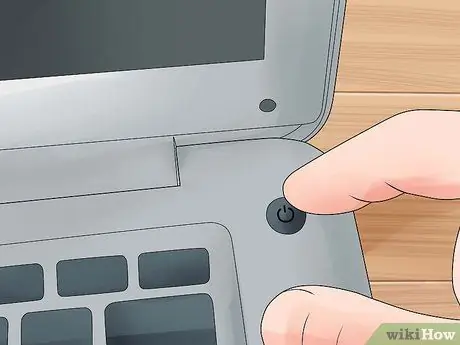
Step 6. Restart the Mac laptop
Press the power button ("Power")
to restart your Mac.
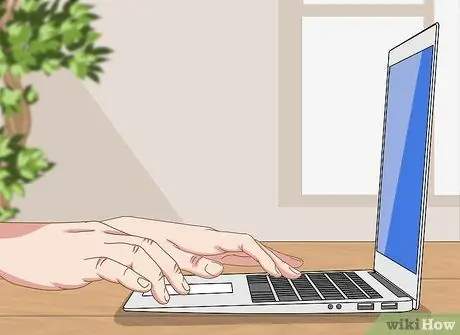
Step 7. Press and hold the NVRAM reset button
Press and hold the button as soon as you press the Mac's power button. You need to press all four buttons at the same time before the Apple logo appears on the screen.
If the Apple logo appears before you press the button, you'll need to shut down your computer and try again

Step 8. Keep holding the button until the Mac initial loading is complete
The device may restart itself in this process. Once you get to the user selection page, you can release the buttons and log into your Macbook Pro as usual.
You may need to reset some preferences (eg which audio output you want to use) after resetting NVRAM
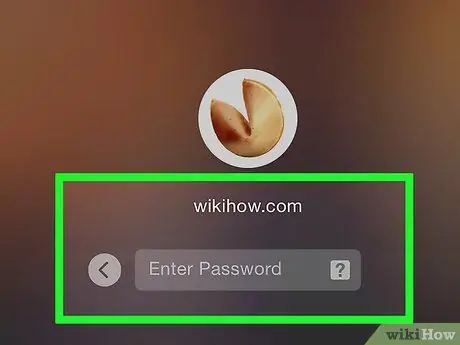
Step 9. Check if the problem is fixed successfully
If you're still having problems with system settings, you may need to restore your MacBook Pro to factory settings. If you restore the settings, you will lose all data stored on the MacBook.
Method 2 of 3: Resetting the Battery
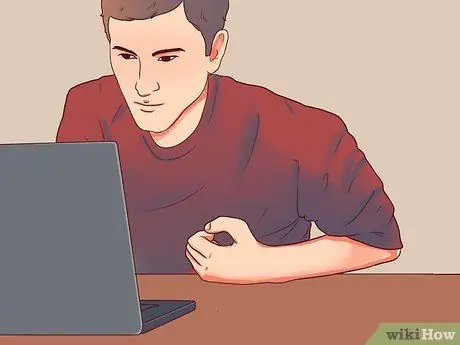
Step 1. Understand the function of battery reset
To reset the battery, you need to reset the SMC (System Management Controller), the small chip that controls aspects such as the device's external lights, response to key presses, and power management. Resetting the SMC can increase battery power, fix device overheating issues, and speed up the performance of your MackBook Pro.
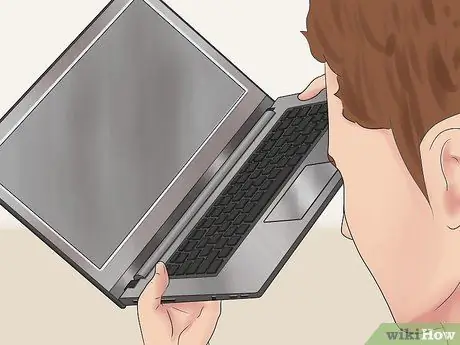
Step 2. Check for signs of problems with the SMC
There are several signs or "symptoms" that are directly related to SMC:
- The cooling fan spins quickly and makes a lot of noise, even though the device doesn't feel hot and the computer has a good ventilation system.
- Indicator lights (battery, tail light, etc.) are not working properly.
- MacBook does not respond when the power button is pressed.
- The computer shuts down by itself or goes into sleep mode unexpectedly.
- The battery is not charging properly.
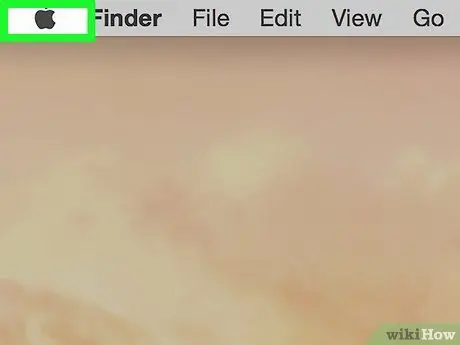
Step 3. Open Apple menu
Click the Apple logo in the upper-left corner of the screen. After that, a drop-down menu will be displayed.
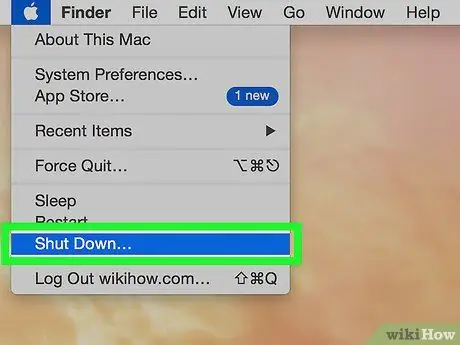
Step 4. Click Shut Down…
It's at the bottom of the drop-down menu.

Step 5. Click Shut Down when prompted
After that, the MacBook will shut down.

Step 6. Connect your MacBook Pro to a charger that is already connected to a power source
Make sure that the charging device is plugged into a wall outlet, and that the other end of the charging cable is plugged into the charging port on the right side of your MacBook Pro.
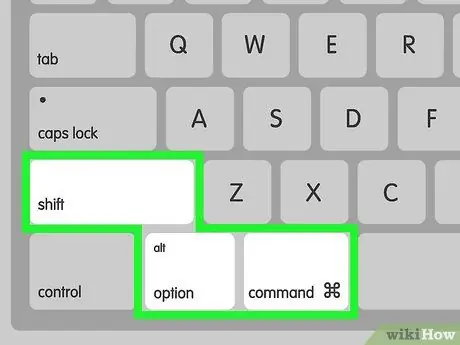
Step 7. Look for the SMC reset button
To reset the SMC, you need to press and hold the Command, Option, and Shift keys at the same time while holding down the power button.
If your MacBook Pro has a touch bar, the power button you need to press is also the Touch ID button
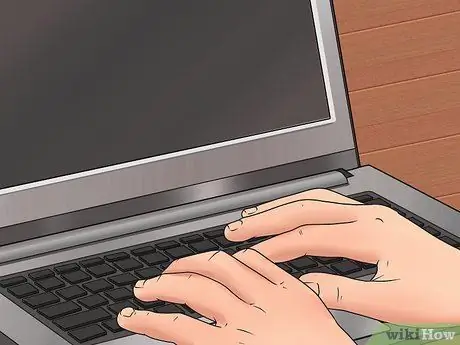
Step 8. Press and hold the SMC reset buttons for 10 seconds
After that, you can release the button.
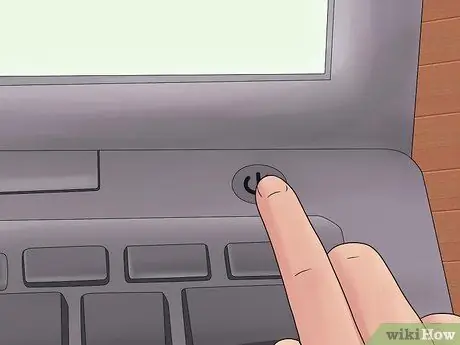
Step 9. Press the power button
The device will power on and start running. After restarting the computer, the battery problem is usually fixed.
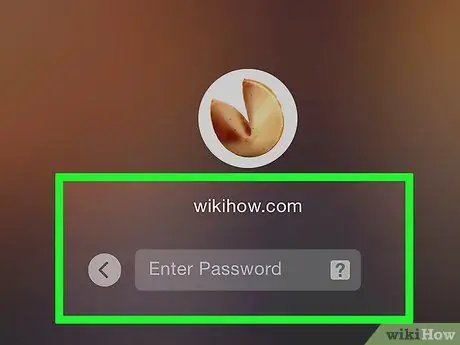
Step 10. Check if the battery issue is resolved successfully
If you're still having problems with the battery, you may need to restore your MacBook Pro to factory settings. If you restore the settings, you will lose all data stored on the MacBook.
Method 3 of 3: Restore Default or Factory Settings
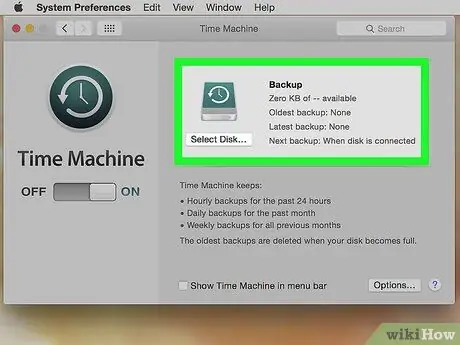
Step 1. Make a backup copy of the computer if possible
Since resetting your device to factory settings will erase all content stored on your hard disk, it's a good idea to make a backup copy of the files you still want to keep before restoring the settings.
If you can't log into your computer or start Time Machine, skip this step
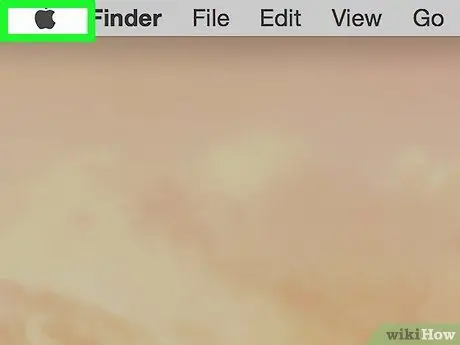
Step 2. Open Apple menu
Click the Apple logo in the upper-left corner of the screen. After that, a drop-down menu will be displayed.
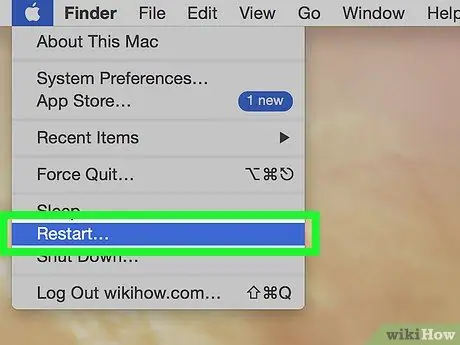
Step 3. Click Restart…
It's at the bottom of the drop-down menu.
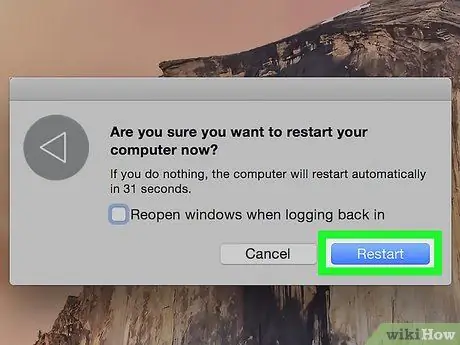
Step 4. Click Restart when prompted
After that, the device will restart by itself.
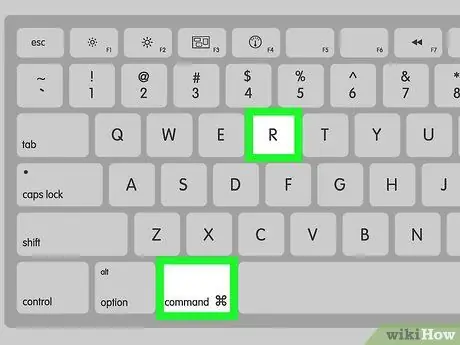
Step 5. Press and hold the Command key and R simultaneously.
You need to do this immediately after clicking on the option “ Restart ”.
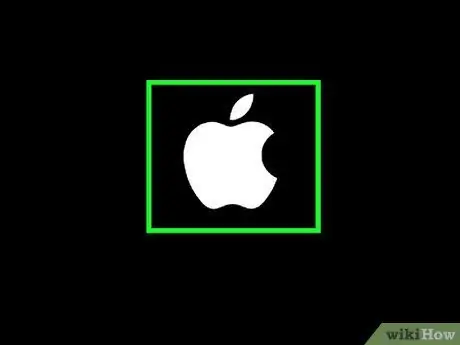
Step 6. Release the buttons when you see the Apple logo
After that, the MacBook will load and display a “Recovery” window. This process may take a few minutes.
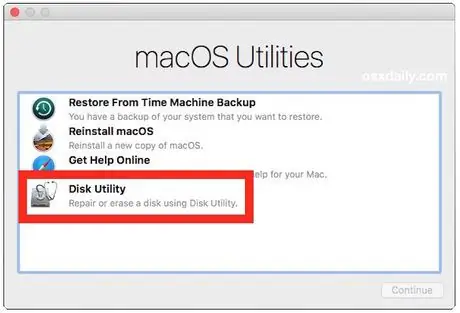
Step 7. Select Disk Utility
It's in the middle of the “Recovery” window.
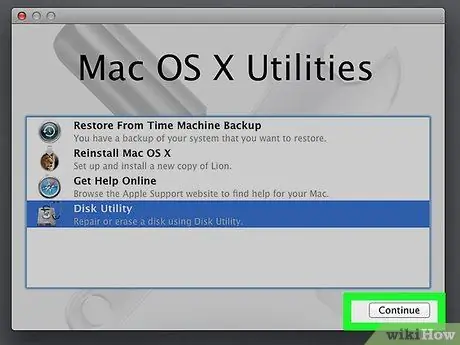
Step 8. Click Continue
It's in the lower-right corner of the window. After that, the “Disk Utility” window will be opened.

Step 9. Select the Mac hard drive
Click the Mac's hard drive name in the upper-left corner of the “Disk Utility” window.
If you do not rename, the hard disk containing the operating system will be labeled as " Macintosh HD"

Step 10. Click the Erase tab
This tab is at the top of the “Disk Utility” window. After that, a new window will open.
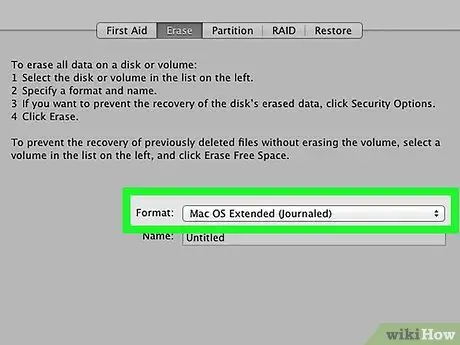
Step 11. Click the "Format" drop-down box
After that, a drop-down menu will be displayed.
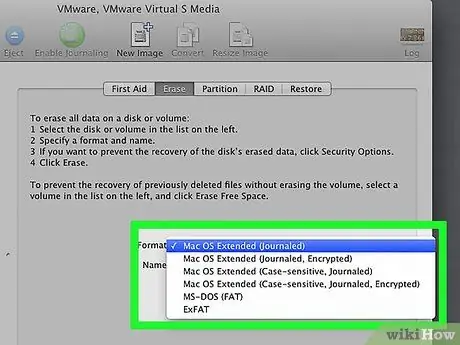
Step 12. Click Mac OS Extended (Journaled)
This option is displayed in the drop-down menu.
This is the basic disk format used for Mac hard drives

Step 13. Click Erase
It's in the lower-right corner of the window. After that, the contents on the disc will begin to be erased.
The wipe process can take several hours so make sure your computer is connected to a charging device
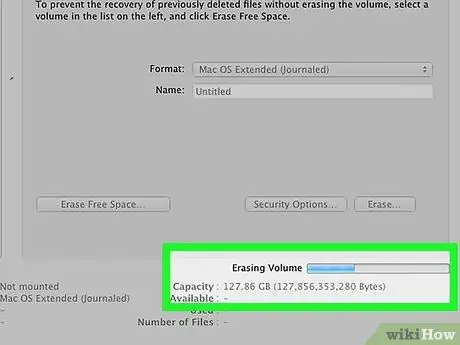
Step 14. Click Done when prompted
Now, the contents or settings on the computer have been completely erased.
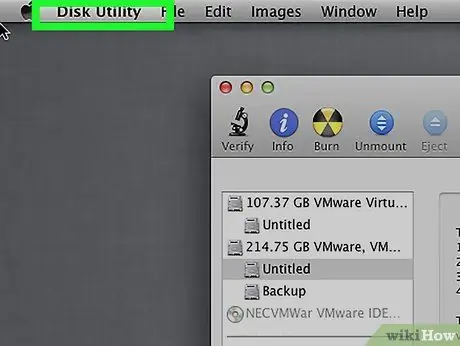
Step 15. Click Disk Utility
It's in the top-left corner of the screen. After that, a drop-down menu will be displayed.
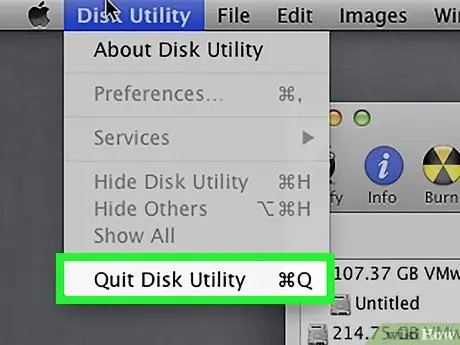
Step 16. Click Quit Disk Utility
It's at the bottom of the drop-down menu. Once clicked, you will be taken back to the “Recovery” window.
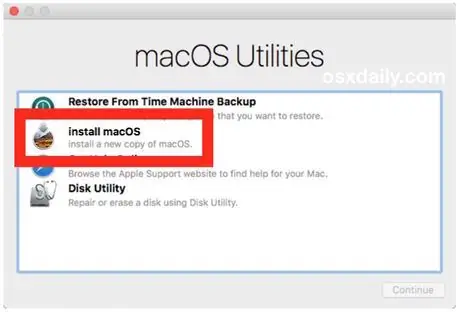
Step 17. Select Reinstall macOS
This option is displayed in the “Recovery” window.
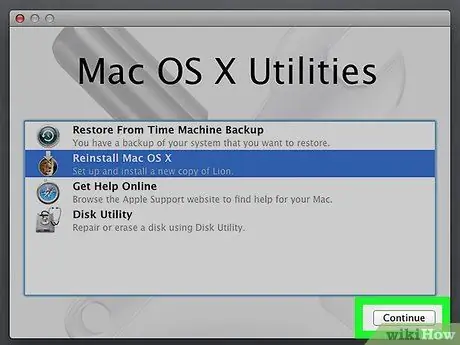
Step 18. Click Continue
It's in the lower-right corner of the window. After that, MacOS will be downloaded to your computer.
You must have an internet connection in order for MacOS to be downloaded to your computer
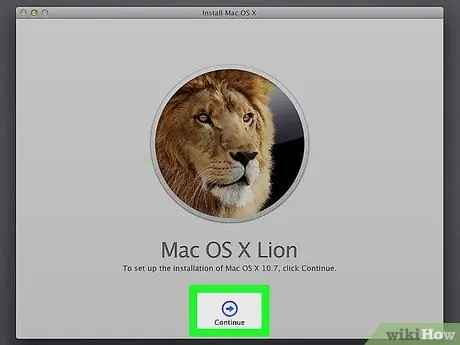
Step 19. Follow the steps shown on the screen
Once MacOS has finished downloading, you can install and set up the operating system again, just like when you bought a new device.






